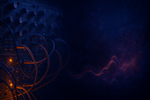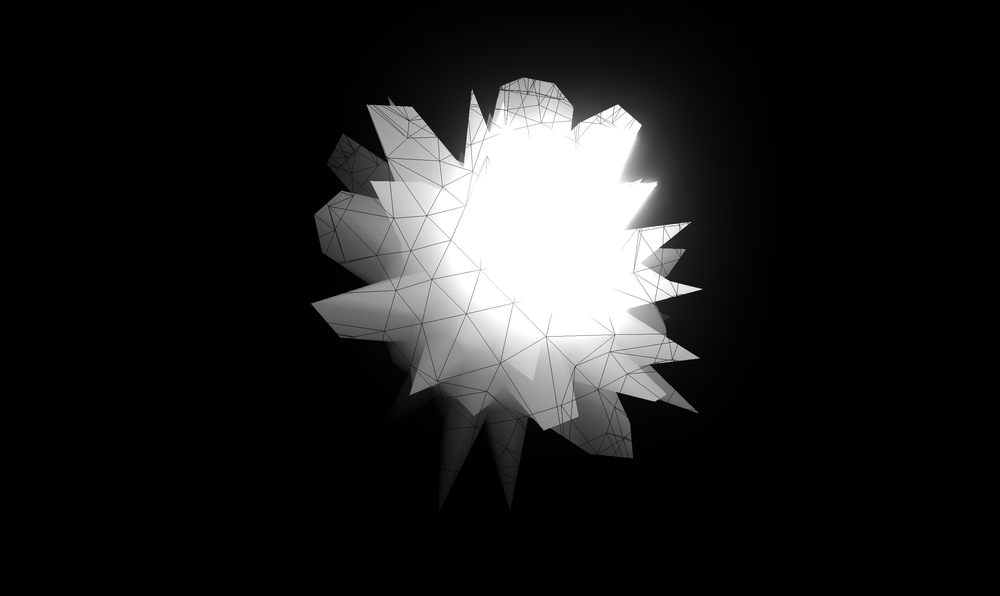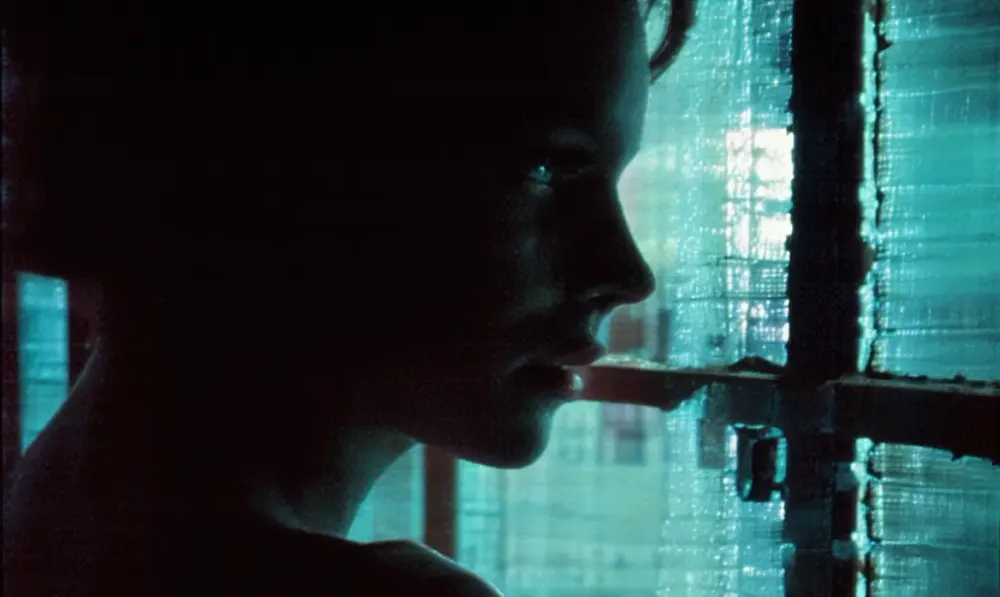Phage #1. An object in retreat. Not hostile, not welcoming—just moving away. A presence defined by absence, an inverse choreography of approach and refusal. The cursor reaches, the form recedes. Is this interaction or avoidance? Is it a question of control, or the illusion of one?
A lattice, a pulse, a shifting field—geometry folding into itself, resisting fixation. Gridlines breathe, expand, collapse. Something almost biological, almost mechanical, almost alive. Procedural but unpredictable, like muscle tension or the flicker before recognition. The body anticipates patterns; the system rejects them.
Movement is deterritorialized. No fixed vantage. No stable ground. Interaction here is displacement—of subject, of object, of meaning. A space where presence is inferred but never confirmed. The observer moves, the form reacts, but where does one begin and the other end? Virtuality isn't just a property of the digital—it is a condition of perception itself. We locate “reality” in the feedback loops we inhabit, in the recursive acts of seeing and being seen.
A proxy for something intangible. A depiction, but never a likeness. The soul, if it exists here, exists in withdrawal—articulated through movement, tension, the refusal to settle into form. Not as a spirit, not as a substance, but as a phenomenon of evasion. It is not represented, only suggested, emerging between observation and response, always just out of reach.
It’s an extension, maybe, of everything else. Computational aesthetics, reactive geometry, coded instincts. A study in repulsion, or self-protection. Spatial computing, generative art, programmed withdrawal. If reality is a construct, what does it mean when the digital refuses to be seen?
link: Phage #1






